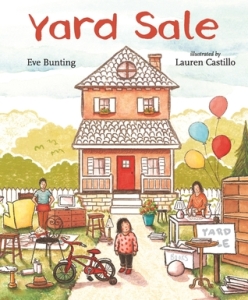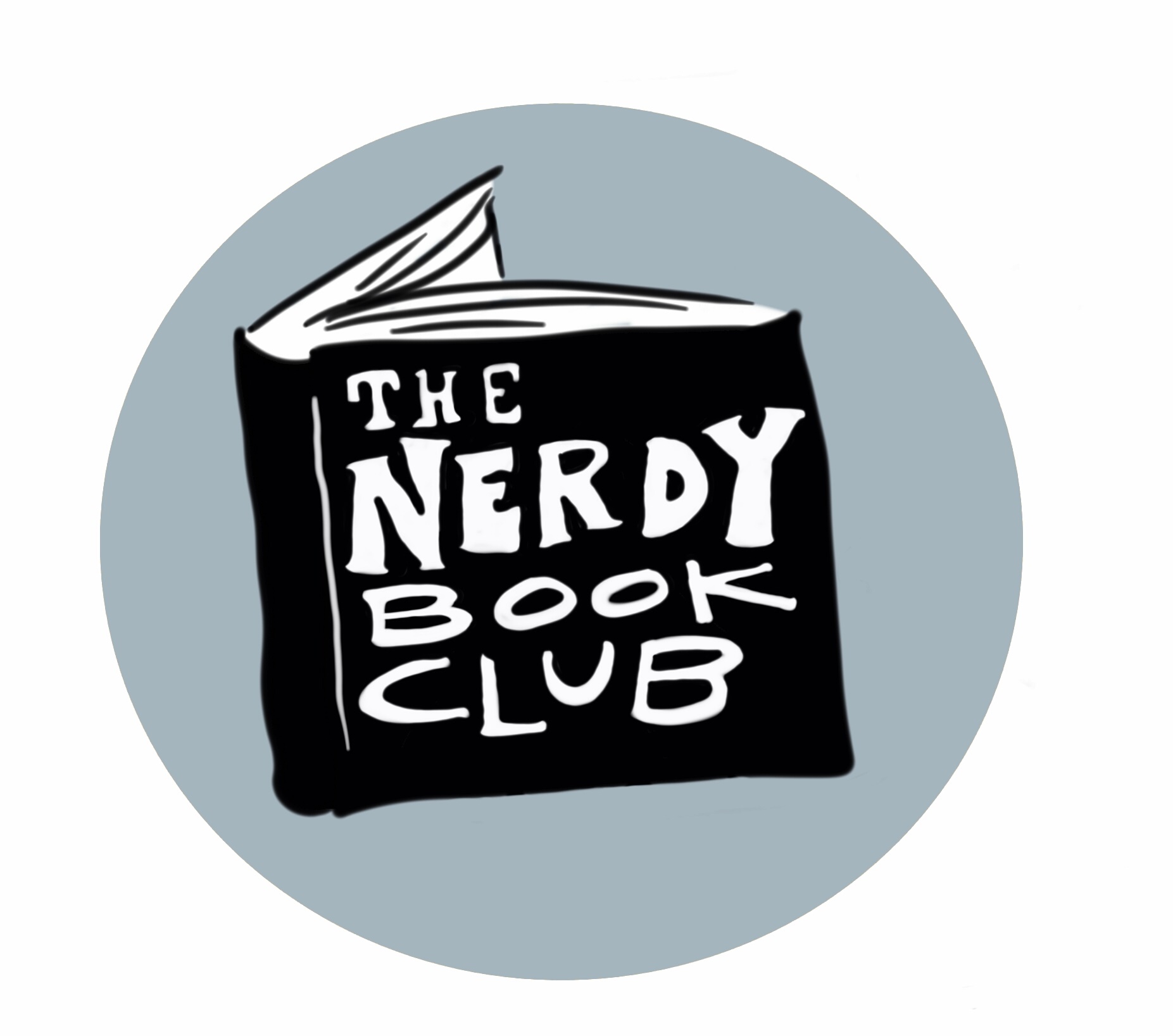 July
30
July
30
Tags
10 Mentor Texts to Lift the Level of Students’ Narrative Writing by Stacey Shubitz
As an educator, I’ve come to believe it’s important to know a small collection of books intimately. Not only does this make sense financially, but having a handful of mentor texts you know well allows you to use them with students for many purposes.
When I was selecting fiction and nonfiction texts to feature in Craft Moves: Lesson Sets for Teaching Writing with Mentor Texts, I looked for exquisitely written picture books. While searching for the fiction texts, I looked for books that represented a variety of races, cultures, and sexual orientations since I believe all students deserve to read mirror books, in which they can see themselves, and window books, in which they can learn about others (Bishop, 1990). If we make conscious choices about the mentor texts we present to students – in terms of showcasing impeccable writing and a range of human experiences – then we broaden children’s perspectives while helping them become better writers.
Nearly every picture book could serve as a mentor text to help students become better writers. However, some books offer more value than others. Typically, I examine picture books through a lens based on the qualities of good writing: meaning, genre, structure, detail, voice, and contentions (Anderson, 2005). Over the years, I’ve come up with ten power craft moves for books that are based on the things I hope to see in children’s writing, to help me determine what I can teach young writers from picture books. Every picture book I adopt as a mentor text must have at least six power craft moves. With six or more power craft moves, I can use each of the selected picture books in a variety of conferences, small group strategy lessons, and mini-lessons.
There are hundreds of teaching possibilities for narrative writing in the following ten mentor texts. Here are several possibilities for each book:
Clever Jack Takes the Cake by Candace Fleming and G. Brian Karas
Craft moves you can teach kids from this text: dialogue advances a story; surprise ending; take a reader into the past lead; punctuation to create voice (e.g., hyphenated words, dashes); repeated phrases; show, don’t tell; specific details (e.g., character, setting); structure (e.g.., beginning-middle-end, movement of time); varying sentence lengths to create rhythm and emphasis.
Eat, Leo! Eat! by Caroline Adderson and Josee Bisaillon
Craft moves you can teach kids from this text: code switching; dashes; accomplishments/discovery ending; introducing the characters through a splash of dialogue lead; sensory details; movement of time; turning point
Happy Like Soccer by Maribeth Boelts and Lauren Castillo
Craft moves you can teach kids from this text: dialogue advances a story; circular ending; compare/contrast lead; power of three; show, don’t tell; sensory details; movement of time and place
Henry Holton Takes the Ice by Sandra Bradley and Sara Palacios
Craft moves you can teach kids from this text: dialogue advances a story; ellipsis points; accomplishments/discovery ending; meeting the characters lead; show, don’t tell; character details; rule of three; movement of time; turning point
Knuffle Bunny Free: An Unexpected Diversion by Mo Willems
Craft moves you can teach kids from this text: speech bubbles; punctuation to create voice (e.g., cadence, ellipsis points, parentheses); including precise information; rule of three; beginning-middle-end structure; turning point
Last Stop on Market Street by Matt de la Pena and Christian Robinson
Craft moves you can teach kids from this text: dialogue advances a story; hyphenated words; lesson learned with dialogue ending; internal thinking; appeal to the senses lead; repeated phrase; show, don’t tell; specific details (e.g., character, setting); unfolding the heart of the story bit-by-bit; turning point
Mango, Abuela, and Me by Meg Medina and Angela Dominguez
Craft moves you can teach kids from this text: code switching; internal thinking; wraparound ending; character snapshot lead; punctuation to create voice (e.g., dashes, hyphenated words, vocative case); show, don’t tell; setting details; unfolding the heart of the story bit-by-bit; movement of time
Stella Brings the Family by Miriam B. Schiffer and Holly Clifton-Brown
Craft moves you can teach kids from this text: dialogue advances a story; action lead; character details; rule of three; structure (e.g., beginning-middle-end, movement of time); varying sentence lengths to create rhythm and emphasis
Trouper by Meg Kearney and E.B. Lewis
Craft moves you can teach kids from this text: final action ending; sharing a secret lead; punctuation to create voice (e.g., dashes, parentheses, semicolon); repeated word or phrase; show, don’t tell; including precise information; pacing; turning point
Yard Sale by Eve Bunting and Lauren Castillo
Craft moves you can teach kids from this text: dialogue advances a story; internal thinking; lesson learned ending; meeting the characters lead; commas; show, don’t tell; character details; movement of time; turning point; varying sentence lengths to create rhythm and emphasis
I’ve written lessons for each of the craft moves in the above-mentioned picture books in Craft Moves: Lesson Sets for Teaching Writing with Mentor Texts. The lessons serve as models to help teachers expose students to craft moves in a variety of texts. Seeing as it might take some children multiple exposures to add a skill to their repertoire (e.g., using dialogue to advance a story, movement of time, varying sentence lengths) there are several lessons for each of these craft moves. This means you can study a craft move in depth with a student, across several picture books, over a few weeks until s/he masters that skill and adds it to his/her writing toolbox.
Picture books are ideal for reading to elementary students. They deliver a full story in a short amount of time, thanks to the way in which most authors economize their word count. It is my hope that using picture books as mentor texts will help your students not only read as writers and write with joy but also become writers who can effectively communicate meaning, structure their writing, write with detail, and give their writing their own unique voice.
 Stacey Shubitz is an independent literacy consultant, an adjunct professor, and a former elementary school teacher. She’s the author Craft Moves: Lesson Sets for Teaching Writing with Mentor Texts and the co-author of Day by Day: Refining Writing Workshop Through 180 Days of Reflective Practice. She blogs at Two Writing Teachers and can be found on Twitter @sshubitz.
Stacey Shubitz is an independent literacy consultant, an adjunct professor, and a former elementary school teacher. She’s the author Craft Moves: Lesson Sets for Teaching Writing with Mentor Texts and the co-author of Day by Day: Refining Writing Workshop Through 180 Days of Reflective Practice. She blogs at Two Writing Teachers and can be found on Twitter @sshubitz.












Stacey, what a wonderful idea to use picture book texts with students! I’m going to keep this in mind for any writing workshop with children/tweens. Thanks for the great list of books as well!
For some ideas for using nonfiction picture books in writing workshop with your students, check out this post: https://twowritingteachers.org/2016/02/19/nf10for10-2016/.
Thank you. I will😊
I agree that there are so many wonderful books that can be used as mentor texts, but I appreciate the way you have identified some very predictable craft moves that can be taught by studying these diverse and high quality texts. Thank you for sharing this very helpful information!
My pleasure, Julie. Thanks for leaving a comment.
Congrats on your new book, Stacey. What a useful resource you created.
Thanks, Jeff!
Thanks for the list of resources. I will definitely give this information to my kids’s librarian. 🙂
Glad it’s useful, Lisa.
Stacey,
Thank you so much for the resource your book (and this post) provide. I especially respect your criteria for choosing mentor text. The way you have listed uses for each picture text will be a great starting block for teachers and learning to choose their own mentor text. Not only have you given us a text to get started but, you’ve taught us how to choose text as well. Well done, Stacey, well done!
Thanks for your kind words, Deb.
Reblogged this on Breathe Deep and Teach.
Ideally what grade levels would get the most out of this book? Teachers in 1st and 2nd?
Lovely ideas!